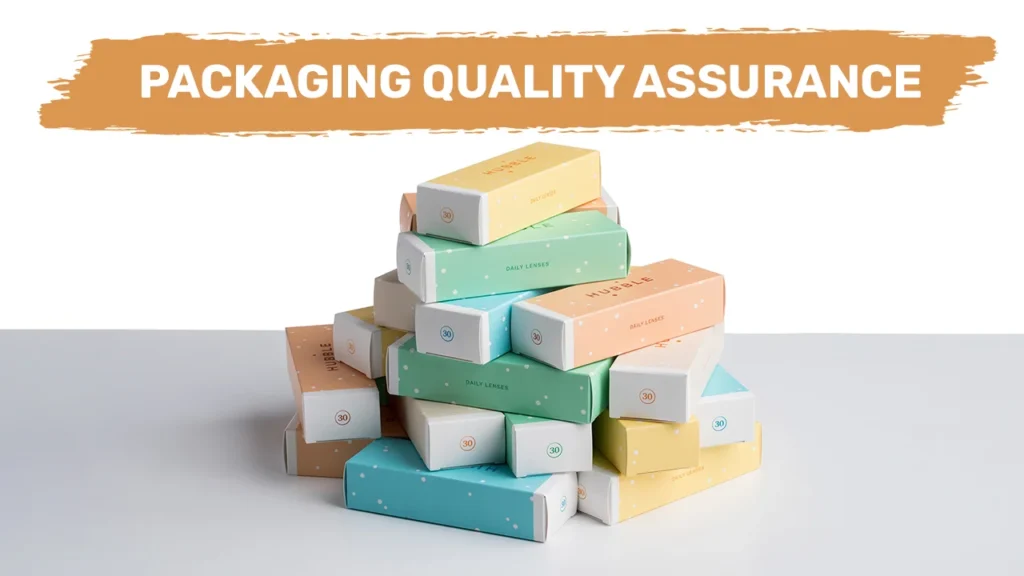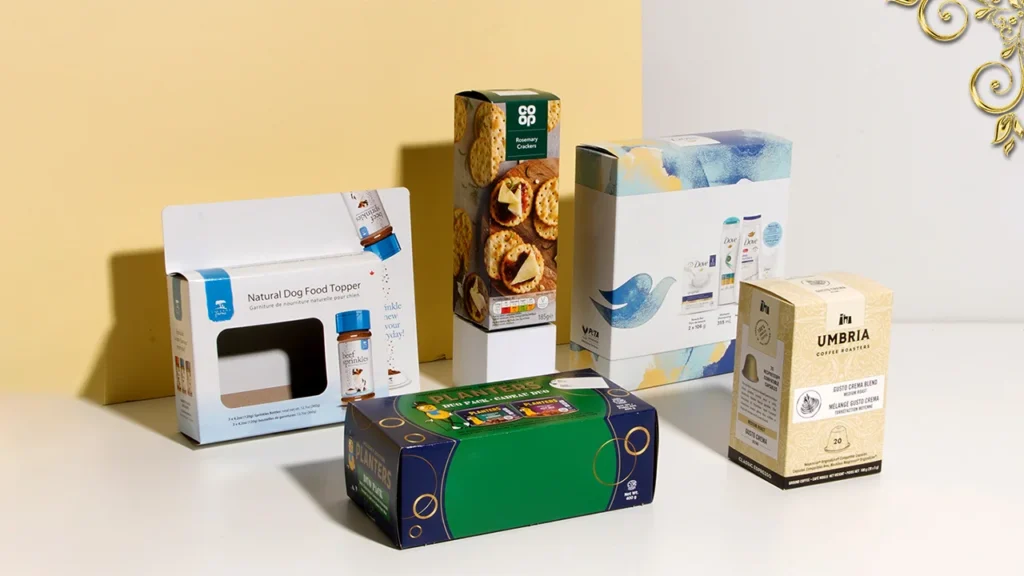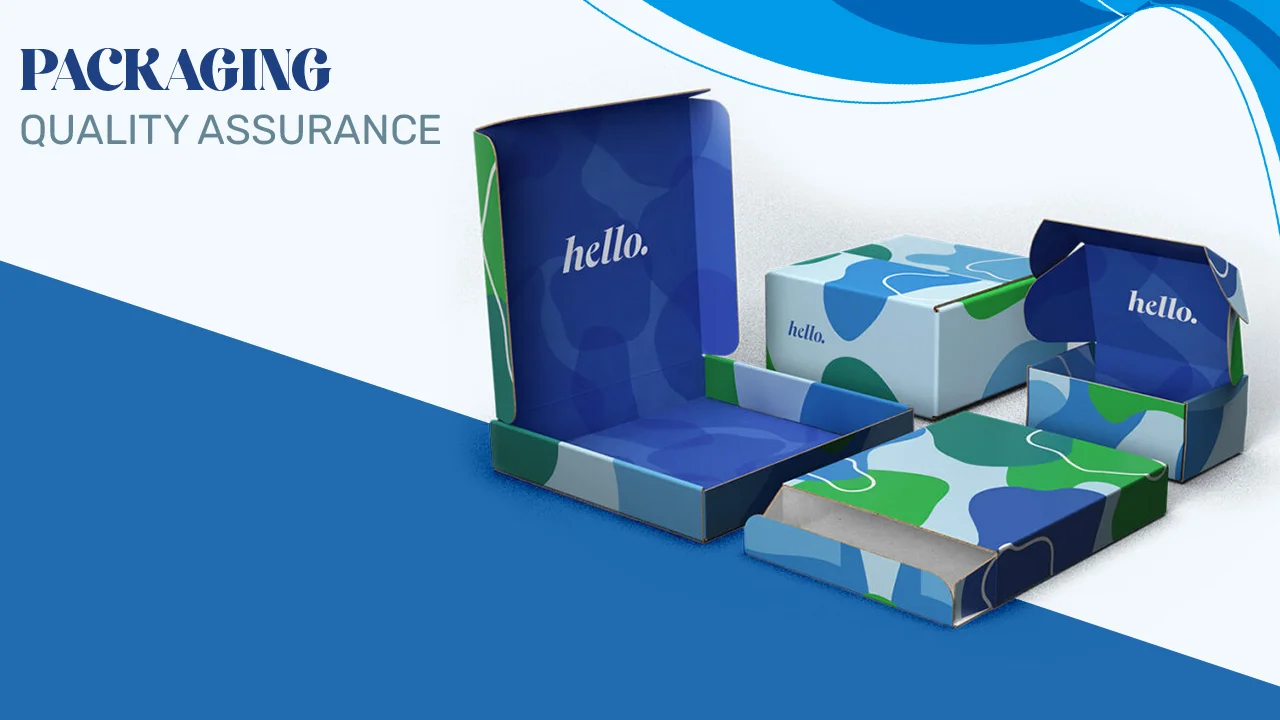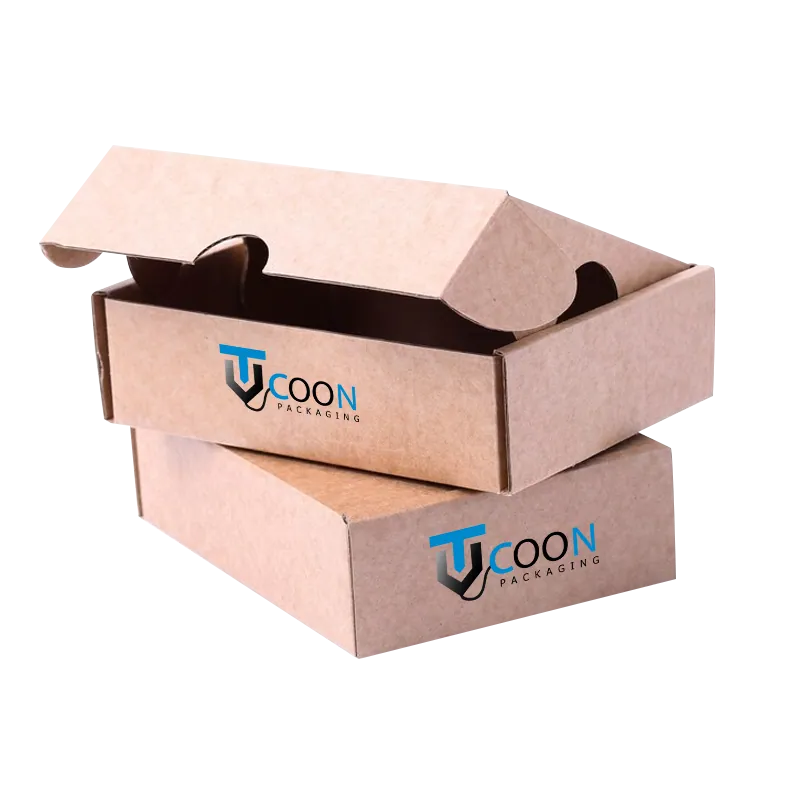The quality assurance is more than a process. It is a promise of high-quality packaging. When your packaging does not fulfill your product needs, the brand image, customer satisfaction, and product safety are at risk. How to ensure the quality of the packaging? The answer is quality assurance.
Whether you are in eCommerce, cosmetics, retail, or any other business, quality assurance ensures every box, bag, and label meets your needs. Don’t know anything about it? This guide explores everything about quality assurance. So, what are you waiting for? Let’s dive in to explore everything you need to know.
What Is Quality Assurance in Packaging?
Quality assurance (QA) in packaging is the systematic process in the packaging industry. This process ensures that the packaging consistently meets specific standards for durability, safety, aesthetics, branding, and functionality.
It is a proactive approach that involves implementing processes, training staff, and conducting packaging testing throughout the entire production cycle. It prevents errors, defects, and other issues to ensure customer satisfaction.
Why Quality Assurance Matters in Custom Packaging?
In the world of packaging, quality assurance is not just a process. It is a commitment to quality that shapes every aspect of packaging, from production to delivery. From packaging design to finishes, quality assurance plays an important role in ensuring high-quality standards and meeting reliability, safety, and performance needs.
In this blog, we will explore why quality assurance is an essential part of the construction of packaging and how it contributes to overall success. Have a look at why quality assurance matters in custom packaging:
Consistency & Reliability
Quality control is all about consistency, ensuring that every batch of packaging satisfies the standards of quality and performance. Consistency increases the trust of the customers. How, you ask? Businesses that rely on packaging to keep their packed items protected and ensure their safety.
Whether it is a box, bag, envelope, or any other type of packaging, customers expect packaging to be reliable and consistent. Quality assurance processes such as regular inspections, testing, and documentation help packaging manufacturers achieve consistency, reducing the risk of defects.
Compliance with Regulations and Standards
Packaging companies operate in a highly regulated environment, with stringent requirements for safety, environmental sustainability, and product labeling. Quality assurance is an important part of ensuring compliance with these regulations and standards.
By implementing packaging quality control, packaging manufacturers can identify and fix potential issues early in the production process. This will help in reducing the risk of costly recalls, fines, and damage to the company’s reputation. From food packaging to pharmaceuticals, adherence to regulatory requirements is paramount for protecting the safety of the packaged foods.
Food packaging suppliers also offer food paper to ensure the safety of the packed food items to preserve the intact qualities of the food items. Such kind of packaging solutions and quality assurance maintain the credibility of every industry.
Cost Reduction & Efficiency
Investing in quality assurance might seem costly at first, but its long-term benefits are much greater. When packaging manufacturers catch problems early and fix them, they save materials, reduce rework, and use resources more efficiently.
By cutting down on errors and improving processes, packaging manufacturers produce high-quality packaging at lower costs.
Reputation & Brand Image
Quality assurance plays a crucial role in enhancing the reputation of the packaging manufacturer. Customers associate the quality of the products with the quality of the packaging.
By ensuring quality assurance, packaging manufacturers can demonstrate their commitment to quality. It will create the word-of-mouth marketing that can drive business growth and success.
Customer Satisfaction & Loyalty
In the end, customer satisfaction is important to define the success of the packaging. Quality assurance makes sure every customer gets packaging that looks great, works well, and lasts long. When packaging manufacturers offer high quality every time, they build trust among the customers.

The quality of the packaging ensures strong relationships with the customers. QA makes customers happy, come back, recommend to others, and stay loyal even when there’s competition.
Key Aspects of Quality Assurance in Custom Packaging
Quality assurance involves multiple aspects throughout the packaging lifecycle. Understanding these key aspects helps brands ensure maximum protection, a visually appealing look, and compliant packaging. The table below summarizes the most important aspects that matter for your business:
| Aspect | Description | Purpose/Benefit | Key Checks or Methods | Applies To |
| Design Accuracy | Ensures packaging design matches brand guidelines and dielines. | Maintains brand consistency and visual appeal. | Artwork proofing, dieline verification, and 3D mockups. | All custom packaging types. |
| Material Quality | Evaluates paperboard, plastic, or Mylar film strength and performance. | Guarantees durability, sustainability, and protection. | GSM testing, burst strength, FSC, or recyclable certification. | Boxes, mailers, bags, wraps. |
| Printing Precision | Maintains color accuracy and clarity across all prints. | Enhances branding and professional presentation. | Color calibration, ink adhesion test, registration checks. | Printed boxes, labels, an films. |
| Structural Integrity | Confirms packaging can handle weight and pressure. | Prevents damage during transit and stacking. | Drop test, compression test, vibration test. | Corrugated boxes, eCommerce mailers. |
| Functional Performance | Ensures packaging features work as intended. | Improves user experience and product security. | Zipper strength, magnet closure, seal tightness, and folding ease. | Rigid boxes, pouches, and Mylar bags. |
| Compliance & Safety | Verifies packaging meets legal and safety regulations. | Avoids fines, recalls, or legal issues. | FDA/EU compliance, child-safety test, and labeling accuracy. | Food, pharma, cosmetics, packaging. |
| In-Process Inspection | Monitors quality during production, not just after. | Detects defects early to reduce waste. | In-line camera systems, batch sampling, and QA audits. | All packaging production lines. |
| Post-Production Testing | Checks the final batch quality before delivery. | Ensures finished goods meet all specs. | Random sampling, visual inspection, barcode verification. | Finished packaging units. |
| Sustainability Assurance | Evaluates environmental impact and recyclability. | Meets eco-conscious consumer and brand goals. | Eco-material audits, non-toxic inks, and minimal waste tracking. | Eco-friendly boxes, mailers, tubes. |
| Documentation & Traceability | Records all QA steps for accountability. | Builds transparency and trust with clients. | Batch logs, QA reports, supplier records. | ISO/FSC-certified manufacturers. |
Key Elements of Quality Assurance in Custom Packaging
To maintain flawless quality, manufacturers use a combination of process control, testing, and inspection. Let’s break it down:
- Design Consistency
- Material Inspection
- Print Quality Control
- Structural Integrity Tests
- Functional Testing
- Compliance & Safety Standards
The Quality Assurance Process: Step-by-Step
Quality assurance isn’t a single step — it’s a loop of testing, correction, and improvement. Here’s how top packaging manufacturers ensure quality from concept to delivery:
- Design Review
- Prototype Testing
- Material Sourcing
- Pre-Production Sampling
- In-Line Production Inspection
- Post-Production Quality Check
- Final Delivery Inspection
Packaging Quality Control Checklist
A packaging quality control checklist includes checks that ensure the quality of the packaging. Take a look at some of the following considerations:
- Check the placement of your branding elements
- Verify dieline, folds, and layout alignment
- Confirm text clarity and barcode readability
- Inspect material thickness and surface finish
- Ensure materials are eco-certified
- Match print colors to PMS/CMYK codes
- Check ink consistency
- Verify edges are sharp
- Test box assembly
- Check seams, flaps, and glue adhesion
- Perform compression
- Test product fit
- Ensure easy opening and closing
- Inspect handles, zippers, or closures
- Verify window cutouts
- Check barcode scannability
- Review compliance with safety
- Ensure non-toxic inks are used
- Perform a random inspection
- Check consistency in size, color, and finish
- Confirm correct quantities per batch

Seeking A Reliable Packaging Supplier?
Tycoon Packaging specializes in manufacturing any kind of packaging as per your needs through our customizable packaging solutions. Are you worried about quality? Fret not! We have a quality assurance team to check every packaging without compromising on quality.
Looking for affordable rates for these cups? There is no need to worry at all. We craft packaging according to your needs with complete precision at wholesale rates. Feel free to contact us and get packaging tailored to your needs.
Conclusion Of Quality Assurance
In the fast-paced world of packaging manufacturing, quality assurance is not just a checkbox. It is a strategic process. From design consistency to customer satisfaction, quality assurance plays a vital role in every aspect of the packaging manufacturing process.
By investing in high-quality QA systems, deliver packaging solutions that meet the highest standards of quality and performance, driving business success. In the packaging industry, quality assurance is the key to ensuring that every packaging product meets the standards, every time.
Frequently Asked Questions (FAQs)
Q: What is the main purpose of quality assurance in packaging?
To ensure every packaging unit meets defined standards of safety, appearance, and functionality before it reaches customers.
Q: How is packaging quality tested?
Through material strength tests, print inspections, drop/compression tests, and design verification to confirm durability and accuracy.
Q: What’s the difference between QA and QC in packaging?
QA focuses on preventing errors during production, while QC identifies and fixes defects after production.
Q: Why is QA important for custom packaging orders?
Because custom packaging involves unique sizes, prints, and materials, QA guarantees consistency across all units, minimizing risk and waste.
Q: How can I verify my packaging supplier’s quality standards?
Ask for certifications (ISO, FSC), QA process documentation, and sample reports from previous production runs.



